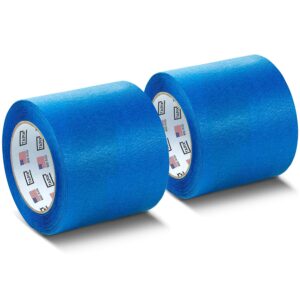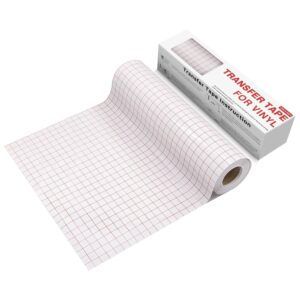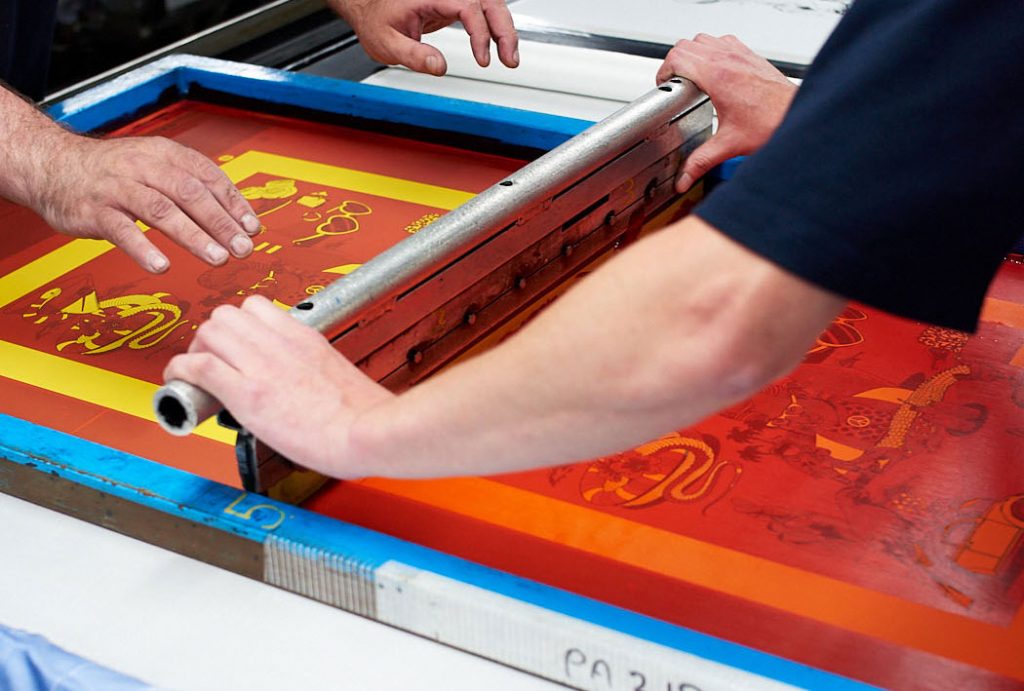Table of Contents
ToggleScreen Printing is the process of transferring a outlined design on a flat substrate(surface) using a mesh screen, ink and a squeegee(blade). Usually, one color is printed at a time, so multiple screens are to be used to produce a multi-colored design. The mesh is made of polyester usually, but recently are also available in nylon and stainless steel used for customized designs. They are also available in various sizes.
Initially the screen printing had started on the silk fabric, so the process was fondly known as silk screen printing. Nowadays, cotton is most commonly used in the process. The similarity between the two fabrics is that both are natural fabrics and they are proven to absorb more readily than any man-made fabrics.
Along with fabric printing, this process is also used for printing on glass, metal, wood, balloons, glass and many other substances.
Screen printing is a great choice for creating impactful, long-lasting items such as clothes( mainly T-shirts), banners, and so on. Here the type of ink used in the process determines the entire result. Screen printing can be customized according to the needs of the consumer and it has got all that it takes to be used and accepted by one and all. However the ink is used in the process is toxic as compared to the regular ink.
For Silk screening, Oil based Plastisol ink, water-based ink, Discharge ink and expanding ink are used.
Some of our recommendations include-
1. by.RHO Window Screen Repair Kit

This 3 layered ultra strong adhesive sticks to any screen surface, stays on the surface for long periods of time. This is a quick and easy fix that saves from the trouble of replacement, all it takes is some seconds to cover the tears and hole of the required size. Serves for various purposes.
2. Wide Blue Painters Tape

This 3D blue tape is wide enough for convenient use and simple, cheap and still very effective. It sticks well to 3D printing beds. This premium quality tape doesn’t leave any residue behind and is strong, flexible and durable.
3. YRYM HT Clear Vinyl Transfer Paper Tape Roll

This clear transfer tape is about 12 inches in width that won’t leave behind any residue on your surface and ia also tear resistant. It is sufficiently sticky to lift the project and transfer to the surface. It can easily work on any smooth surfaces like windows, walls, ceramics, glass, etc.
Plastisol Ink – They are oil-based inks which are made from plastic (as the name suggests), its basically liquid plastic. They are most commonly used for screen printing as they have an upper hand over the water-based inks in almost every aspect. They are user-friendly, provide maximum accuracy, gives a vibrant finish on light as well as dark fabrics and can also create other color effects and shades.
Water Based Ink – They are slightly less harmful to the environment than the Plastisol ink. The water-based ink get absorbed faster into the fabric and becomes a part of the fabric unlike the oil-based ones which sits on the surface (as oil has higher density it is not easily absorbent).
They give a subtle feel to the fabric as the colors don’t stand up differently. Water based ink is used majorly on cloth fabrics (whereas the versatile plastisol inks can be used almost on anything).
Discharge Ink – It is available in both plastisol and water-based ink types. It is used to remove the previously applied color and replace it with a new pigment.
This is visibly a more difficult process than coloring the plain surfaces so it requires a high level of precision and heat is needed to completely remove the previous shade and for the process to work out accurately.
For taping the ends of the screens, masking tapes were earlier used. But masking tapes had to be peeled off. So Blue Blockout Tape or Split Tape are generally used.
Blue Blockout Tape – It is used for taping the edges of the frame, blocking pinholes and blocking out images. It is highly durable and doesn’t get damaged even after washing it number of times. It has acrylic adhesive added to it so it doesn’t come off easily forming a strong adhesive bond with the surface.
Split Tape – It is partially blue and partially white divided in horizontal half. It is used to remove the inside ends of aluminium frames or wood frames. The blue portion does not stick whereas the white part forms a strong bond with the surface it is stuck and protects it from any other printing ink (while the other part is being colored with other ink). This duo of sticky and non-sticky is very user friendly as the tape comes off effortlessly.

